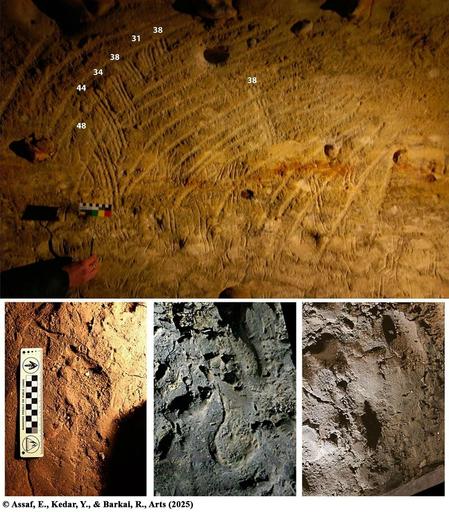Exciting news! With an updated format, new editing and producing, fun ideas, guests, and more, the #PaleoPostPodcast returns in a few weeks! Stay tuned, and catch up today on iTunes, YouTube, and Spotify!
Check out our YT Playlist: https://www.youtube.com/playlist?list=PLTLR_GEbTEYtELVBvPC8owx_6KKkMsfnp




